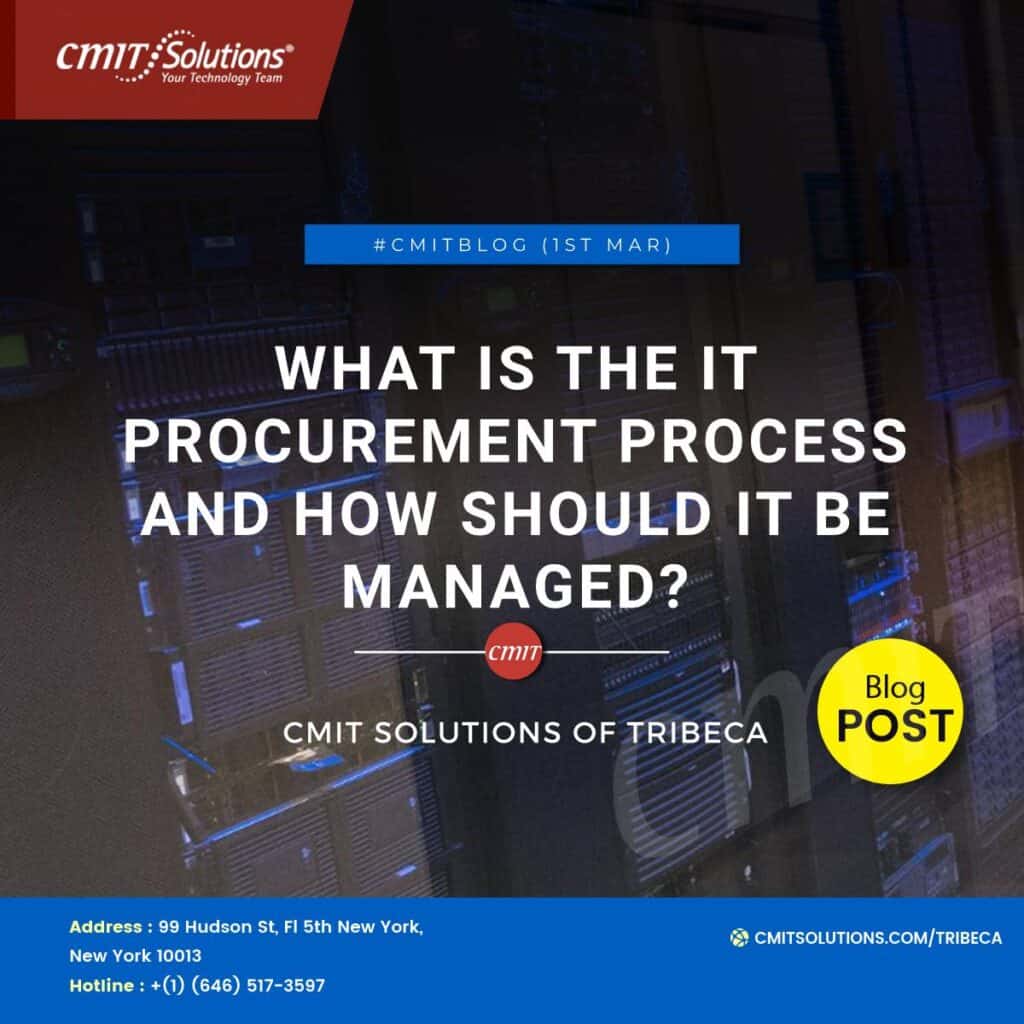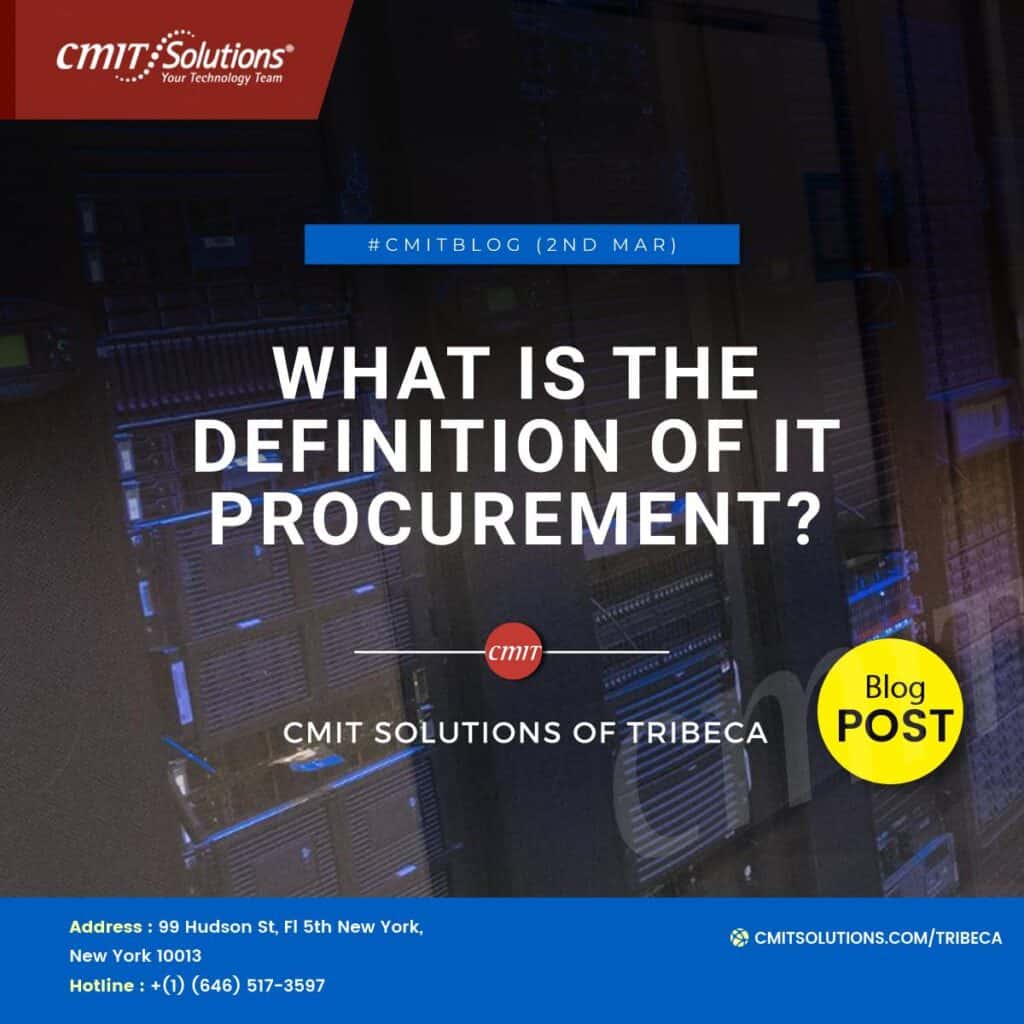What is IT procurement?
The process of finding and obtaining information technology assets to support your company’s or organization’s operations is known as IT procurement. IT services, such as cloud and cyber security services, as well as strategic and administrative tasks can all be included in IT procurement. This includes both hardware and software goods.
Any IT procurement plan should have as its main goals meeting the needs of your company or organization, maximizing the return on your investment, and safeguarding you from a variety of hazards (e.g. regulatory, cyber security, etc).
Best Practices for IT Procurement
IT procurement professionals need to balance addressing organizational goals with cost savings. The objectives they hope to accomplish during the process are listed below.

1. Invest in technology that is in line with organizational requirements.
All too frequently, technology is purchased with the expectation that the cost would outweigh the hassle of the organization having to adjust to the apparatus.
Contrarily, the purchased technology should be carefully chosen in order to complement and advance organizational objectives. It can be inefficient and cause integration issues to have to engineer workarounds and adjust your IT environment, broader processes, or workflows.
2. Establishing Strategic Partnerships
Building strong ties with particular vendors and/or IT providers has many benefits for the IT procurement process. By utilizing economies of scale and well-established logistical procedures, this will not only result in cost savings, but the appropriate provider can also:
overcome adoption issues more quickly
reduces unauthorized purchasing and connects with current ERP systems, including SAP, PeopleSoft, Oracle, and others
Permit the creation of service level guidelines and contracts
Make a plan for how the two parties will collaborate to strengthen their connection.
3. Include Stakeholders
is an effort to gather as much knowledge as possible prior to making a buying choice, as part of a strategic sourcing process. It’s crucial that the IT procurement process includes participation from all pertinent parties.
Your procurement staff will be able to comprehend the organizational needs, the budget, and how all the planned buys will affect operations as a result.
4. Reduce Risk
IT acquisitions are no different from other asset purchases in that they all carry some inherent risk. A procurement specialist will work with risk reduction and security in mind, from technology that is unable to meet the needs of the firm to potential future financial or regulatory difficulties.
Some examples of these practices are:
- conducting out a thorough risk analysis
- calculating the likelihood of financial losses
- creating road maps, making future project plans, and putting those plans into action to lessen their effects
5. Invest in assets with a view to the future
In order to reduce their capital acquisition costs, many businesses focus their purchases on immediate needs and the upfront cost. Top businesses opt to consider total cost of ownership when making purchases, nevertheless.
Today’s IT procurement experts, like those at Insight, will determine how much the technology will cost to operate and eventually dispose of; rather than asking suppliers for bids; this will guarantee that the most cost-effective choice is chosen and will pay off over its lifespan.







